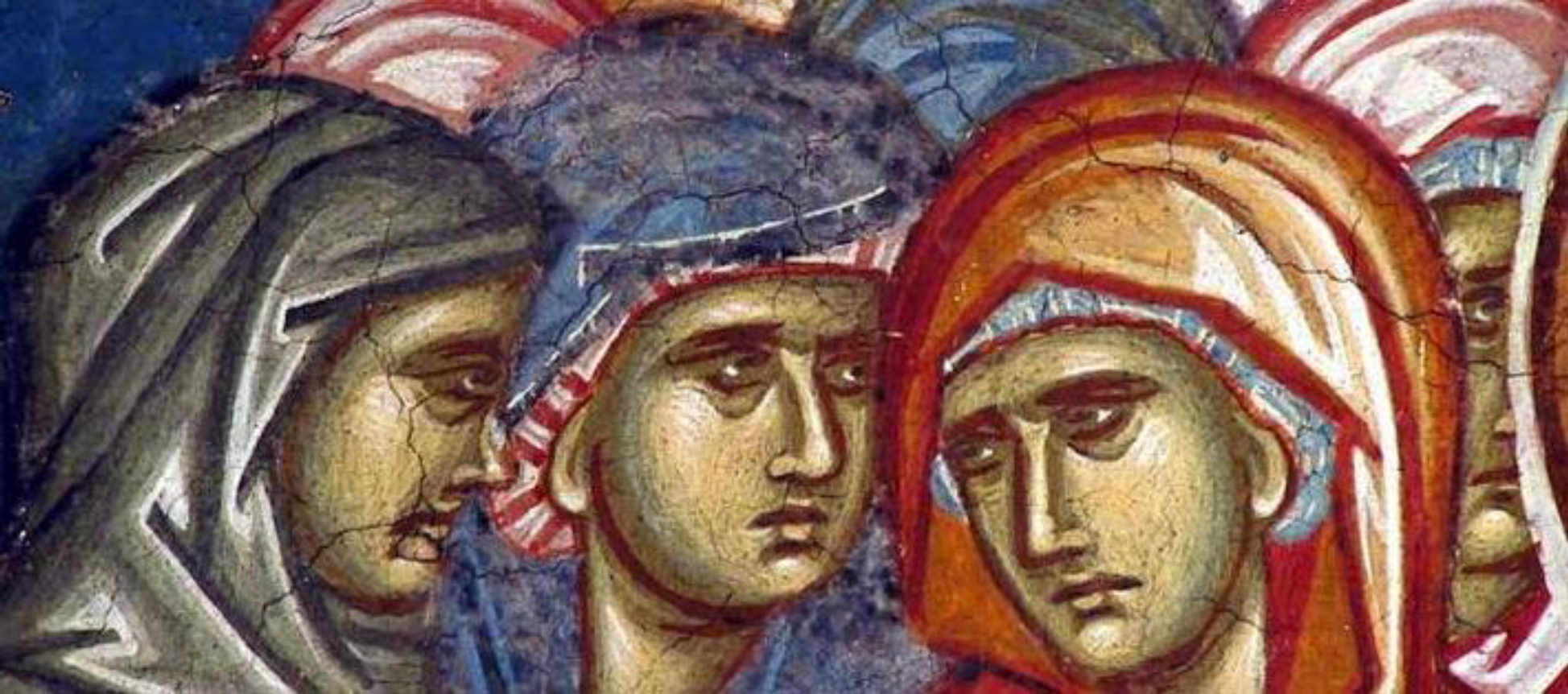I recently heard someone I have known for a long time declare that ‘so and so loved Jesus’ in spite of the reality that the person they referred to often spoke hate of others. I am not able to make a judgement on this person’s life or another’s as the ‘judgement seat of Christ’ will not be vacated on that day for me to sit there. Such statements as ‘she / he loved Jesus’ is deeply complex as we can be in relationship with a Jesus of our own making – a Jesus in our image.
In the OT within the ten words we are warned against making an image of God and for sure we can continue to make many diverse images of God. I recently read of a book that explained the political vote for someone by Christians as being that they were the most God-like character – and by saying that they did not mean ‘the most loving’ nor ‘the most holy’ but the candidate was the best equipped to crush his opponents. Just like God????
The claim of the NT that is consistently expressed is that Jesus reveals who God is (the Jesus’ path is not a path to lead us to ‘god’, but to lead us to know the true God and who s/he is). ‘To the Father’ was the promise of those who travelled the Jesus’ path. Jesus is the express image of God. Most theologies start with ‘the doctrine of God’ and this assumes we know who this God is, from there Christology, Pneumatology etc is defined. I think Jesus turned that upside down – start with Jesus and you can get to God from him. The witness of the Gospels is to testify of Jesus. This is why they are so vital.
Paul captures this ongoing journey to know Jesus with the words uttered close to the end of his life ‘that I might know him’. No tick box, but an ongoing adventure… and ultimately the future experience for us is that ‘we will see him as he is’.
I love the Jesus I have read about; I love the Jesus that I have created from what I have read. Is my Jesus close to the one that is witnessed to by the Gospels? I love the Jesus I have encountered, but even there I am not ‘safe’. Jesus meets me where I am at. My mistake can be that therefore I assume that every encounter meets full approval. Israel asks for a king – Samuel has the inside take on this with the knowledge that they were not rejecting him but they were rejecting God. The people though saw God anoint the king – I wonder if they assumed the move to appoint a king was a good one, one approved of by God. Likewise with the building of the Temple.
I am not appointed to be judge and jury and for sure any inclusion is based on mercy and grace. Although I see no reason to believe in a future ‘antiChrist’ as John says there are many who embody that spirit (‘anti’ can mean ‘against / in opposition to’ or ‘alternative to / replacing’); I can certainly act in an antiChrist way, and perhaps others who totally claim to love Christ and to be ‘saved’ can do so too.
Even if it is deemed that I love Jesus there is no guarantee that all my actions and words are therefore covered by that. We do need to call out ‘hate speech’ and the like when it manifests among us.
From the first commandment to have no other God we come to the command not to make an image of God, and from there to not to bear (carry / display) the name of God in vain. Loving God, not creating an image of God and not reflecting a false image of God. All pretty central and why we need Jesus as the lens for Scripture, for humanity and for God. Otherwise we will not see clearly – even when we quote Scripture to defend ourselves.
The flotilla on the way to Gaza… if I put the Jesus lens there do I see God? I think I do. The true human went to Jerusalem to die for humanity, at some level the flotilla is on the same path. A mixed bunch of people on board for sure. Why this final paragraph on the flotilla? To see God we have to see Jesus, and to see Jesus we sometimes have to look to events in our world, some of which disturbs the status quo of what we consider we know from our Christian world. A living parable in our day.


